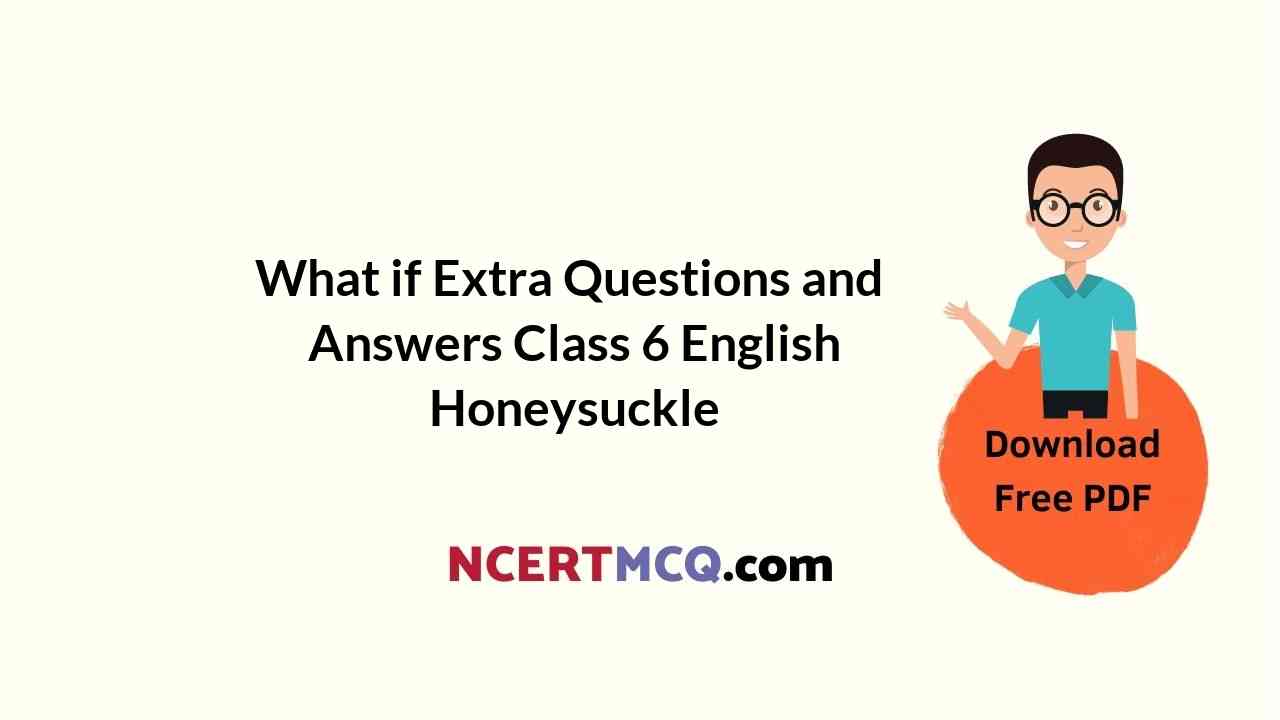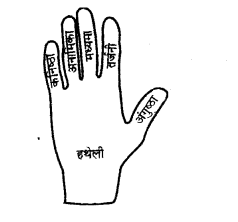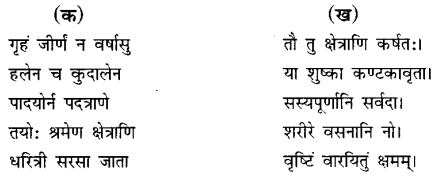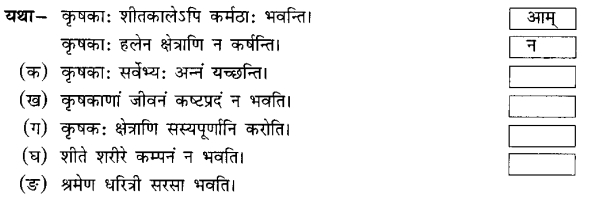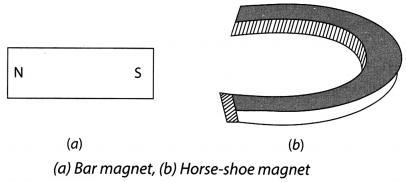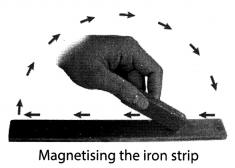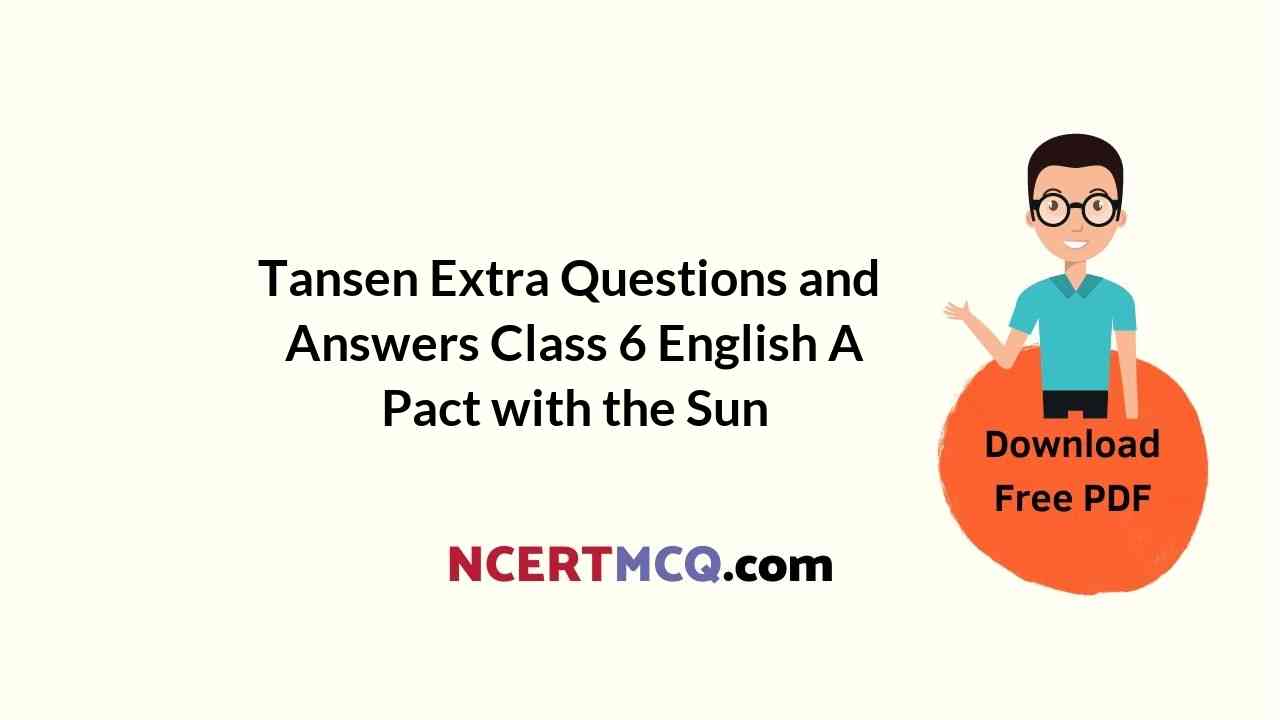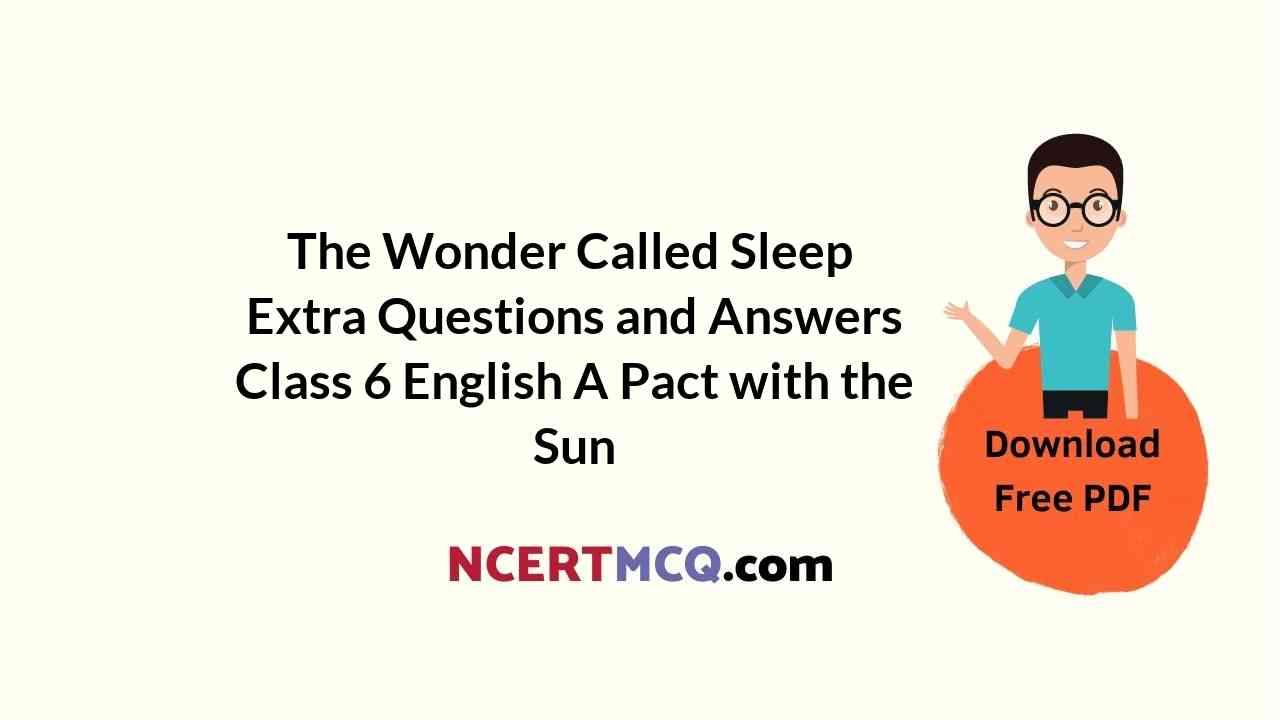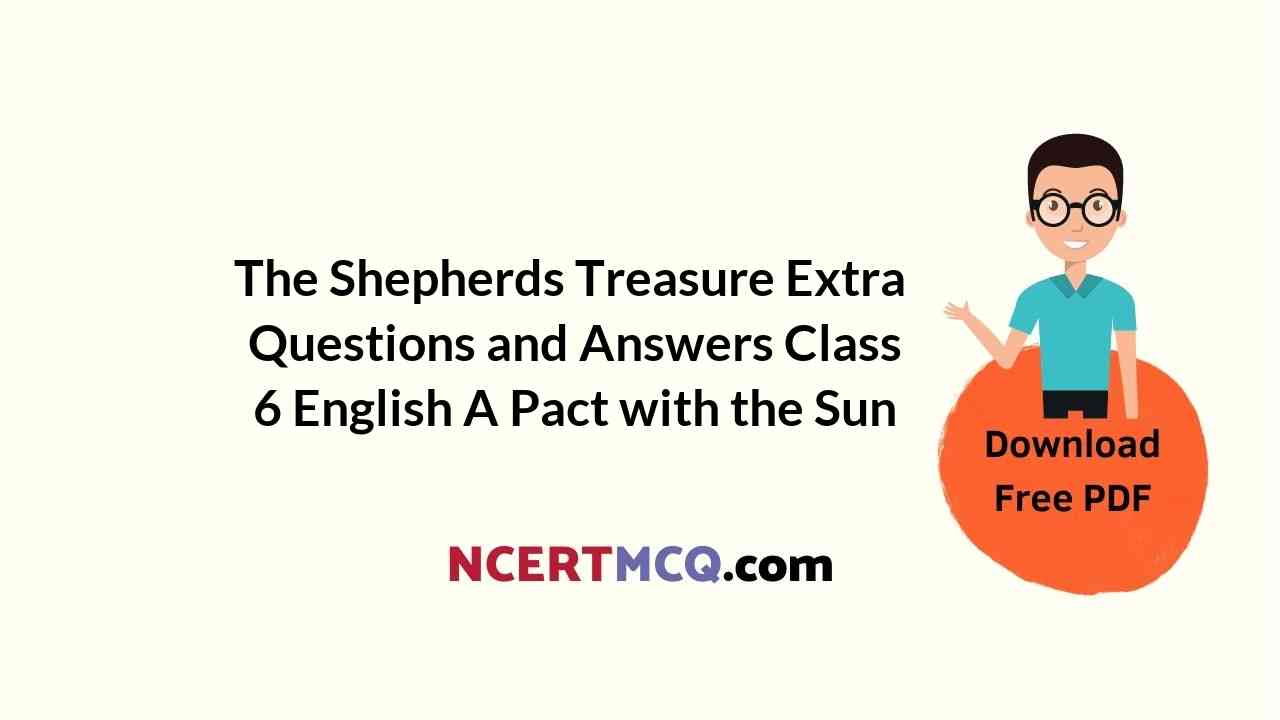Here we are providing Online Education Class 6 History Chapter 8 Extra Questions and Answers Ashoka, The Emperor Who Gave Up War was designed by subject expert teachers. https://ncertmcq.com/extra-questions-for-class-6-social-science/
Online Education for Ashoka, The Emperor Who Gave Up War Class 6 Extra Questions History Chapter 8
Class 6 History Chapter 8 Extra Questions And Answers Question 1.
From where have we taken the nation emblem-Jon, of our country?
Answer:
We have taken the national emblem from the Ashokan pillar at Sarnath. They are carved in stone and placed on top of a massive stone pillar at Samath.
Ashoka The Emperor Who Gave Up War Extra Questions Question 2.
What is a dynasty? Give example.
Answer:
When members of the same family become rulers one after another, the family is often called a dynasty, e.g., the Mauryas were a dynasty with three important rulers Chandragupta Maurya, his son Bindusara and his son Ashoka.
Ashoka The Emperor Who Gave Up War Class 6 Extra Questions Question 3.
Who was the founder of the Mauryan dynasty? How did he found the empire?
Answer:
The founder of the Mauryan dynasty was Chandragupta Maurya, more than 2300 years ago. He was supported by a wise man named Chanakya or Kautilya. Chanakya wrote his ideas in a book called Arthashastra.
![]()
Ashoka, The Emperor Who Gave Up War Class 6 Extra Questions Question 4.
Name some of the cities of the Mauryan empire. Who lived in the cities?
Answer:
There were several cities in the empire which included the capital Pataliputra, Taxila and Ujjain. Taxila was gateway to the northwest, including Central Asia. Ujjain lay on the route from north to south India. Merchants, officials and craftspersons lived in the cities.
Ncert Class 6 History Chapter 8 Extra Questions Question 5.
Name the groups of people who lived in the villages.
Answer:
Farmers and herders lived in the villages. In some places in central India, there were forests where people gathered forest produce and hunted animals for food.
Ashoka Class 6 Extra Questions Question 6.
How are empires different from kingdoms?
Answer:
- The empires are larger than kingdoms, so emperors need more resources and large armies to protect the empire.
- They also need a large number of officials who collect taxes.
![]()
Ashoka The Emperor Who Gave Up War Questions And Answers Question 7.
What is a tribute?
Answer:
Unlike taxes, which are collected on regular basis, tribute was collected as and when it was possible from people who gave a variety of things, more or less willingly.
Class 6 History Ch 8 Extra Questions Question 8.
How was the city of Pataliputra ruled?
Answer:
The area round Pataliputra was under the direct control of the king. This meant that officials were appointed to collect taxes from farmers, – herders, craftspersons and traders, who lived in towns and villages in the area. Officials also punished those who did not obey the orders of the rulers. The officers were given salaries. Spies kept a watch on the officials. The emperor supervised all the people with the help of royal family and senior ministers.
Ashoka The Emperor Who Gave Up War Class 6 Question Answer Question 9.
How were the provinces governed during the rule of the Mauryas?
Answer:
Each province was ruled from the provincial capital such as Taxila or Ujjain. The royal princes were sent as governors, and local customs and rules were observed. There was overall control from Pataliputra.
Class 6 Ashoka The Emperor Extra Questions Question 10.
How were the far off areas governed by the Mayas?
Answer:
The far off areas were controlled by the Mauryas by controlling roads and rivers, which were important for transport. They collected taxes and tributes. Arthashastra tells us that northwest was important for blankets and south India for gold and precious stones. They were collected as tribute.
![]()
Ashoka, The Emperor Who Gave Up War Class 6 Question Answer Question 11.
Write about the Kalinga war as described in Ashoka’s inscription.
Answer:
Ashoka described the Kalinga war in one his inscriptions. He wrote that he conquered Kalinga eight years after he became the emperor. More than one lakh people were killed in the war and more than one and a half lakh people were captured. Such a lot of violence, bloodshed and carnage-filled him with remorse and sorrow, and he decided to give up warfare and teach Dhamma to the people.
He believed that winning people by Dhamma was better than conquering them. His main aim in writing this message was to stop his son and grandson from waging war in the future.
Extra Questions Of Ashoka The Emperor Who Gave Up War Question 12.
What was the message given by Ashoka to his people?
Answer:
In one of his inscriptions. Ashoka gave his message to the people. Hie message was :
- Performing of rituals when they fall ill, when their children get married, when children are born or when they go on a journey, are not useful.
- They should observe other practices like being kind to slaves and servants, respecting the elders, treating all creatures with compassion and giving gifts to brahmins.
- A person should not criticise other religions and praise one’s own religion. All religions are praiseworthy and, therefore, should be respected. All parts of Ashoka’s message are relevant today, especially about religions. That is why India is a secular state.
![]()
Multiple Choice Questions
1. Where are the lions that we see on our notes and coins taken from?
(a) Oldest lion in Delhi Zoo
(b) Ashoka pillar at Samath
(c) Central Hall in the Rashtrapati Bhavan
(d) Taj Mahal in Agra
Answer:
(b) Ashoka pillar at Samath.
2. Where were Ashoka’s inscriptions carved?
(a) Pillars
(b) Rock surfaces
(c) Regional official headquarters
(d) Both (a) and (b)
Answer:
(d) Both (a) and (b)
3. Which of the following were the important rulers in the Maurya dynasty?
(a) Chandragupta Maurya
(b) Bindusara
(c) Ashoka
(d) All of these.
Answer:
(d) All of these.
4. When was Maurya dynasty established?
(a) About 2,000 years ago
(b) About 2,300 years ago
(c) About 3,000 years ago
(d) Around 4,000 years ago
Answer:
(b) About 2,300 years ago
![]()
5. Who supported Chandragupta to establish his dynasty?
(a) Kautilya
(b) Tansen
(c) Birbal
(d) Bindusara
Answer:
(a) Kautilya
6. Which one of the following is the famous book of Chanakya?
(a) Charak Samhita
(b) Aryabhattam
(c) Arthashastra
(d) Rigveda
Answer:
(c) Arthashastra
7. Which of the following are those countries where Ashokan inscriptions have been found?
(a) Pakistan
(b) Afghanistan
(c) Nepal
(d) All of these
Answer:
(d) All of these
8. Which Indian states were outside the Ashokan empire?
(a) Tamil Nadu
(b) Kerala
(c) Sikkim
(d) All of these
Answer:
(d) All of these
![]()
9. What was the capital of Ashokan empire?
(a) Samath
(b) Pataliputra
(c) Taxila
(d) Ujjain
Answer:
(b) Pataliputra
10. Why was Taxila important in the Mauryan Empire?
(a) A gateway to the north-west
(b) A gateway to the south-west
(c) An important silk route
(d) An important business centre.
Answer:
(a) A gateway to the north-west
11. Why was Ujjain important in the Mauryan Empire?
(a) Capital
(b) The route from north to south India
(c) Inhabitant of merchants, officials and craftspersons
(d) Both (b) and (c)
Answer:
(d) Both (b) and (c).

